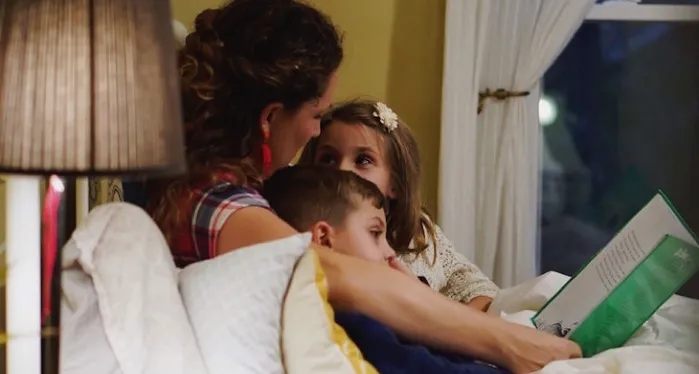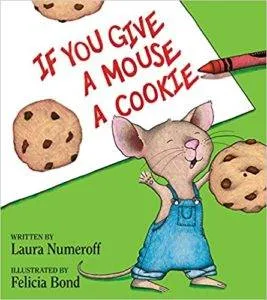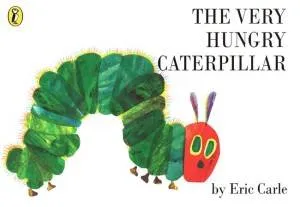
How to Read to a Child
This content contains affiliate links. When you buy through these links, we may earn an affiliate commission.
One of my favorite feelings in the world is the rush of joy that comes when my niece approaches me with a book in her hands and asks, “Can you read this to me?”
 The first time this happened, I wasn’t prepared. Aside from the fact that she’s an early reader (so I wasn’t expecting her to ask so soon), I had no idea how to read to a child. As the youngest of all my siblings and cousins, everyone in my life already knew how to read by the time I figured it out, so I had no practice. Then suddenly, one day in my mid-20s, a small human approached me expectantly with a copy of If You Give a Mouse a Cookie, as though I, like all other adults, was an authority in reading aloud.
Of course, I went with it. How could I say no? But my self-consciousness lingered behind every word. Was I speaking clearly enough? Was I holding the book at the right angle so my niece could see the illustrations? Did I sound silly, or not silly enough? Was my niece bored, regretting her decision to ask me of all people to read?
Well, I’m thankful to report that I survived that reading of If You Give a Mouse a Cookie, and several thereafter. Now, a few years on, reading out loud to my niece is one of my favorite things to do when I visit. Along the way, I’ve cobbled together a few ideas of how to do it well, so I’m sharing them here in hopes that if you, like me, are childless but have a child in your life, my small insights might help you figure out how to read aloud to them.
The first time this happened, I wasn’t prepared. Aside from the fact that she’s an early reader (so I wasn’t expecting her to ask so soon), I had no idea how to read to a child. As the youngest of all my siblings and cousins, everyone in my life already knew how to read by the time I figured it out, so I had no practice. Then suddenly, one day in my mid-20s, a small human approached me expectantly with a copy of If You Give a Mouse a Cookie, as though I, like all other adults, was an authority in reading aloud.
Of course, I went with it. How could I say no? But my self-consciousness lingered behind every word. Was I speaking clearly enough? Was I holding the book at the right angle so my niece could see the illustrations? Did I sound silly, or not silly enough? Was my niece bored, regretting her decision to ask me of all people to read?
Well, I’m thankful to report that I survived that reading of If You Give a Mouse a Cookie, and several thereafter. Now, a few years on, reading out loud to my niece is one of my favorite things to do when I visit. Along the way, I’ve cobbled together a few ideas of how to do it well, so I’m sharing them here in hopes that if you, like me, are childless but have a child in your life, my small insights might help you figure out how to read aloud to them.
So, maybe it’s the hundredth time you’re reading The Very Hungry Caterpillar to your niece. Maybe you’d very much rather read a phone book than crack open Cloudy With a Chance of Meatballs again. When a kid you love asks you to read out to them, again I ask, how do you say no?
I’ve gotten well past the point of feeling invested in any of the picture books my niece asks me to read to her (and can only imagine how her parents feel!), but every one that she listens to me read aloud is a source of fascination for her. You can see it in her face as the stories progress—even, or especially the ones she’s heard a hundred times before.
I can’t ever imagine being moved in the same way by these books ever again, but I do know I’ll never get sick of the joy reading out loud brings to her.
 The first time this happened, I wasn’t prepared. Aside from the fact that she’s an early reader (so I wasn’t expecting her to ask so soon), I had no idea how to read to a child. As the youngest of all my siblings and cousins, everyone in my life already knew how to read by the time I figured it out, so I had no practice. Then suddenly, one day in my mid-20s, a small human approached me expectantly with a copy of If You Give a Mouse a Cookie, as though I, like all other adults, was an authority in reading aloud.
Of course, I went with it. How could I say no? But my self-consciousness lingered behind every word. Was I speaking clearly enough? Was I holding the book at the right angle so my niece could see the illustrations? Did I sound silly, or not silly enough? Was my niece bored, regretting her decision to ask me of all people to read?
Well, I’m thankful to report that I survived that reading of If You Give a Mouse a Cookie, and several thereafter. Now, a few years on, reading out loud to my niece is one of my favorite things to do when I visit. Along the way, I’ve cobbled together a few ideas of how to do it well, so I’m sharing them here in hopes that if you, like me, are childless but have a child in your life, my small insights might help you figure out how to read aloud to them.
The first time this happened, I wasn’t prepared. Aside from the fact that she’s an early reader (so I wasn’t expecting her to ask so soon), I had no idea how to read to a child. As the youngest of all my siblings and cousins, everyone in my life already knew how to read by the time I figured it out, so I had no practice. Then suddenly, one day in my mid-20s, a small human approached me expectantly with a copy of If You Give a Mouse a Cookie, as though I, like all other adults, was an authority in reading aloud.
Of course, I went with it. How could I say no? But my self-consciousness lingered behind every word. Was I speaking clearly enough? Was I holding the book at the right angle so my niece could see the illustrations? Did I sound silly, or not silly enough? Was my niece bored, regretting her decision to ask me of all people to read?
Well, I’m thankful to report that I survived that reading of If You Give a Mouse a Cookie, and several thereafter. Now, a few years on, reading out loud to my niece is one of my favorite things to do when I visit. Along the way, I’ve cobbled together a few ideas of how to do it well, so I’m sharing them here in hopes that if you, like me, are childless but have a child in your life, my small insights might help you figure out how to read aloud to them.










